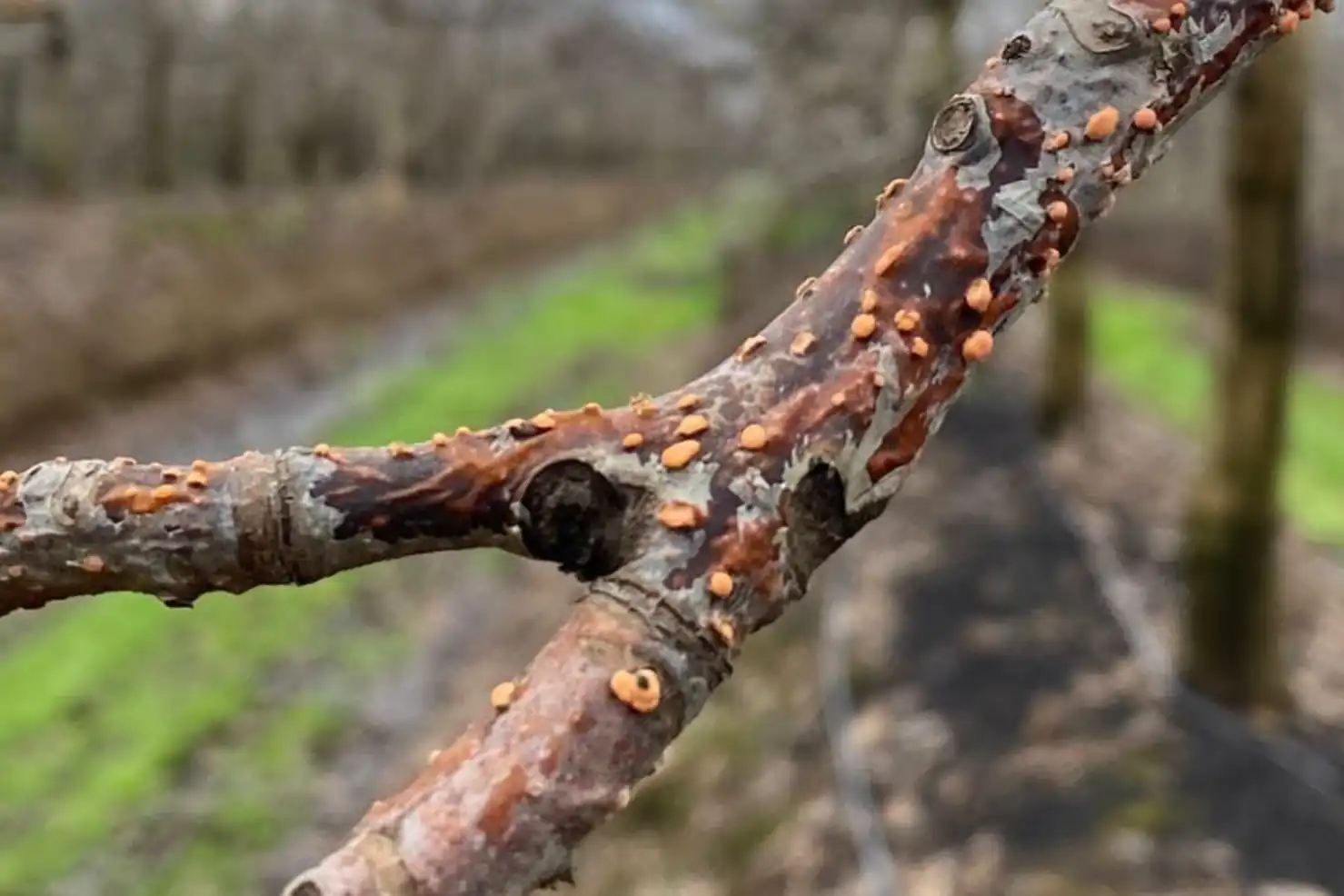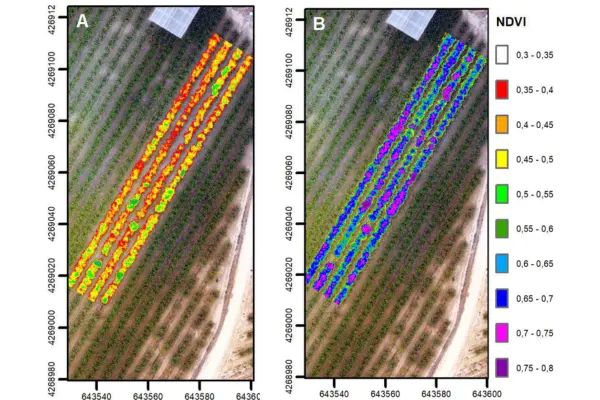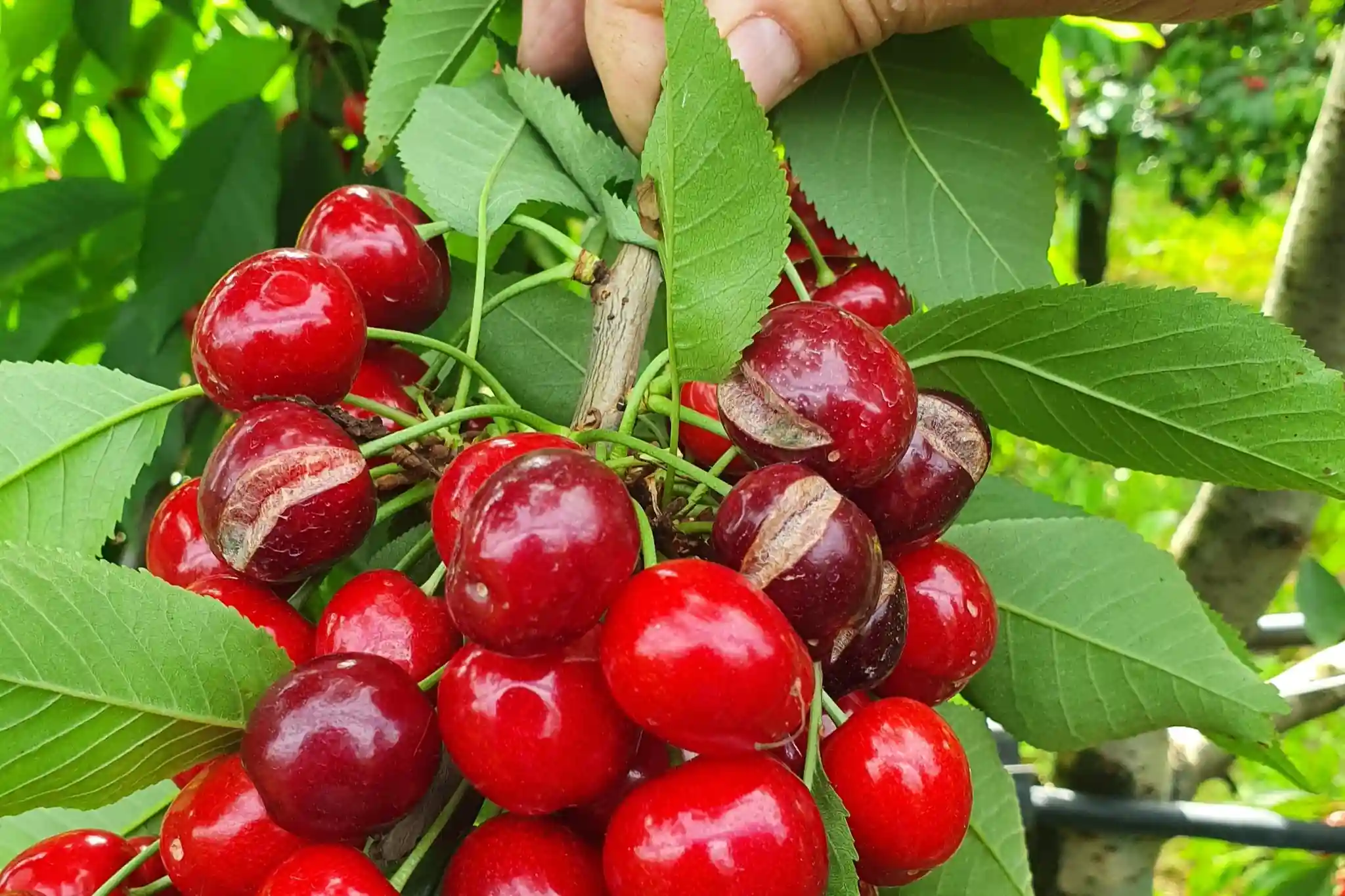The unusual weather conditions recorded in south-central Chile — marked by high humidity combined with an abnormal rise in temperatures — are creating an ideal environment for the spread of pathogenic fungi affecting orchards.
The warning comes from Daina Grinbergs, plant pathologist at the INIA Quilamapu Fruit Pathology Laboratory, who highlights the particular vulnerability of cherry trees at this late flowering stage.
“We are at a critical point: cherry trees are extremely exposed to rots caused by Botrytis and Alternaria, two fungi that begin by attacking the flower and later compromise the fruit,” explained Grinbergs.
“High relative humidity and rising temperatures create the optimal conditions for their development.”

A risk for exports as well
The danger, the researcher pointed out, is not limited to the orchard: fungal infections can remain latent until the transport phase, compromising the entire load once it reaches its destination.
“Even a minimal, invisible infection can develop into real rot outbreaks during transit, putting entire containers bound for export at risk.”
For this reason, Grinbergs recommends that growers constantly monitor agro-meteorological forecasts and, if necessary, apply highly effective fungicides resistant to rain wash-off.
Technology and artificial intelligence for early diagnosis
In response to this challenge, the INIA Quilamapu team is developing an innovative technology: a smart sensor capable of detecting early infections of Botrytis and Alternaria in cherries and blueberries.
The project is the result of collaboration between Grinbergs and Paula Vargas, an artificial intelligence specialist at the same institute.
The goal is to enable rapid checks both in the field and in packing facilities, preventing the export of fruit with health risks.
Not just rots: wood fungi also raise concern
Grinbergs also warned about the so-called wood fungi — including Cytospora, Chondrostereum, and Calosphaeria — which take advantage of current conditions to penetrate the woody tissues of trees through wounds caused by recent budbreak.
Although damage is not immediately visible, the impact can compromise future production, reducing yield and quality, and even causing premature plant death.
A monitoring platform for European hazelnut
Looking ahead, INIA Quilamapu is working on a predictive platform dedicated to European hazelnut, with the support of the Fundación para la Innovación Agraria (FIA).
The system — expected to be operational by 2028 — will integrate weather data and spore flight information to send alerts directly to growers.
The purpose: to guide agronomic decisions on pruning, crop protection treatments, and prevention strategies, increasing the effectiveness of actions against fungal diseases.
Once fully implemented, this tool will strengthen the health protection measures of the entire fruit sector in Chile’s south-central region.
Source: www.semanariolocal.cl
Image source: Semanario Local
Cherry Times - All rights reserved













